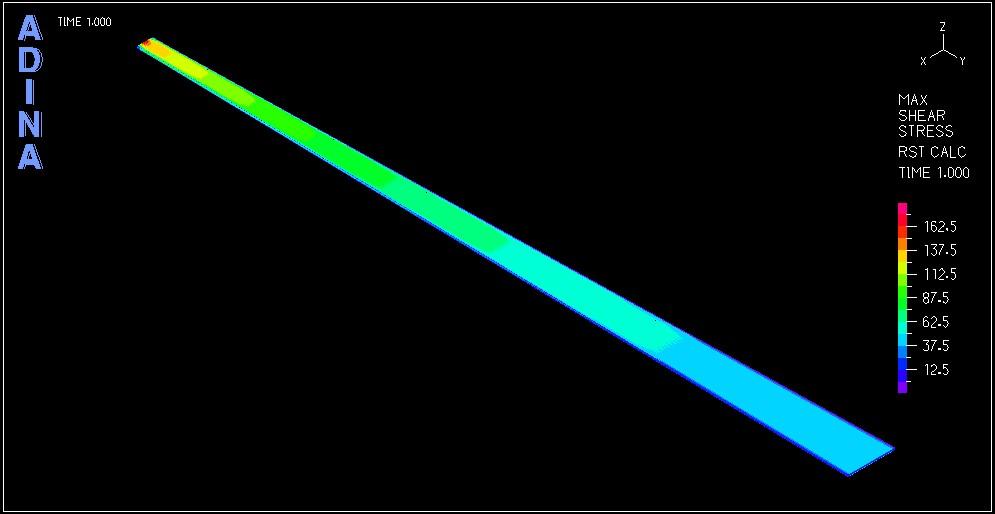Effects of Microtopography on the Adhesion of Colon Cancer Cells
The main reason cancer can be difficult to cure is that it can spread to another part of the body from where it started, or 'metastasize'. In order to spread, some cells from the primary cancer site must break away, travel to another part of the body, re-attach and start growing there. This ability to attach and detach when needed is puzzling. Since recent research has shown that the topography of extracellular matrix (ECM) laid down by colon cancer cells varies from the ECM laid by healthy colon cells, the altered adhesive property of cancer cells could be linked to topographical alteration. This information has led us to study the effects of topography on cell functions, more particularly cell adhesion.
In order to fully test cell adhesion, we have designed several
microfluidic devices, which allow us to evaluate cell detachment under
both shear and normal forces. To identify the physical parameters that
influence cell adhesion, we have created multiple surfaces, with
patterns of varying width and depth.We are currently testing healthy and
cancerous colon cells on those patterns and hope to assess the critical
topography parameters involved in cell adhesion.

Figure 1. Shear-gradient flow chamber.